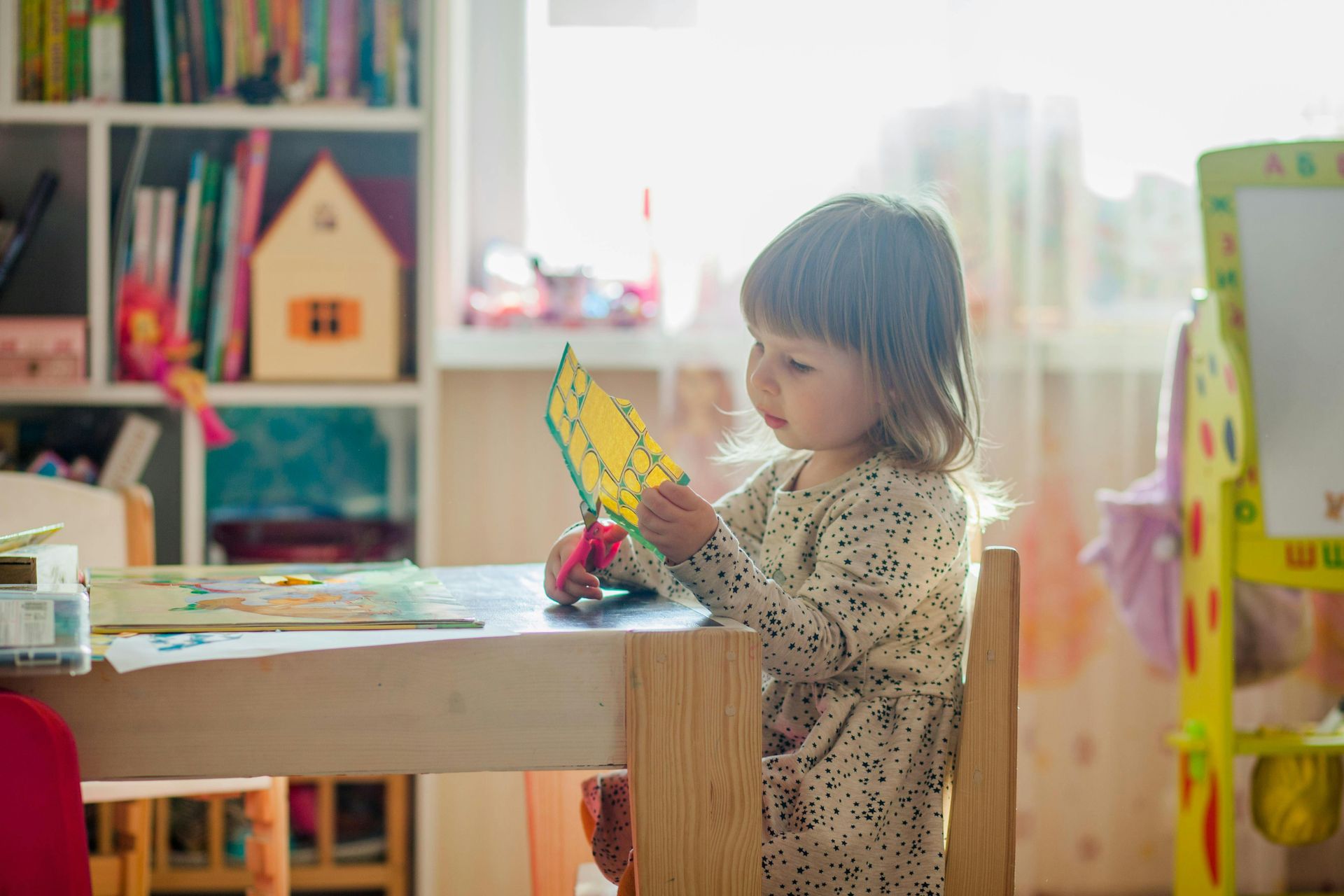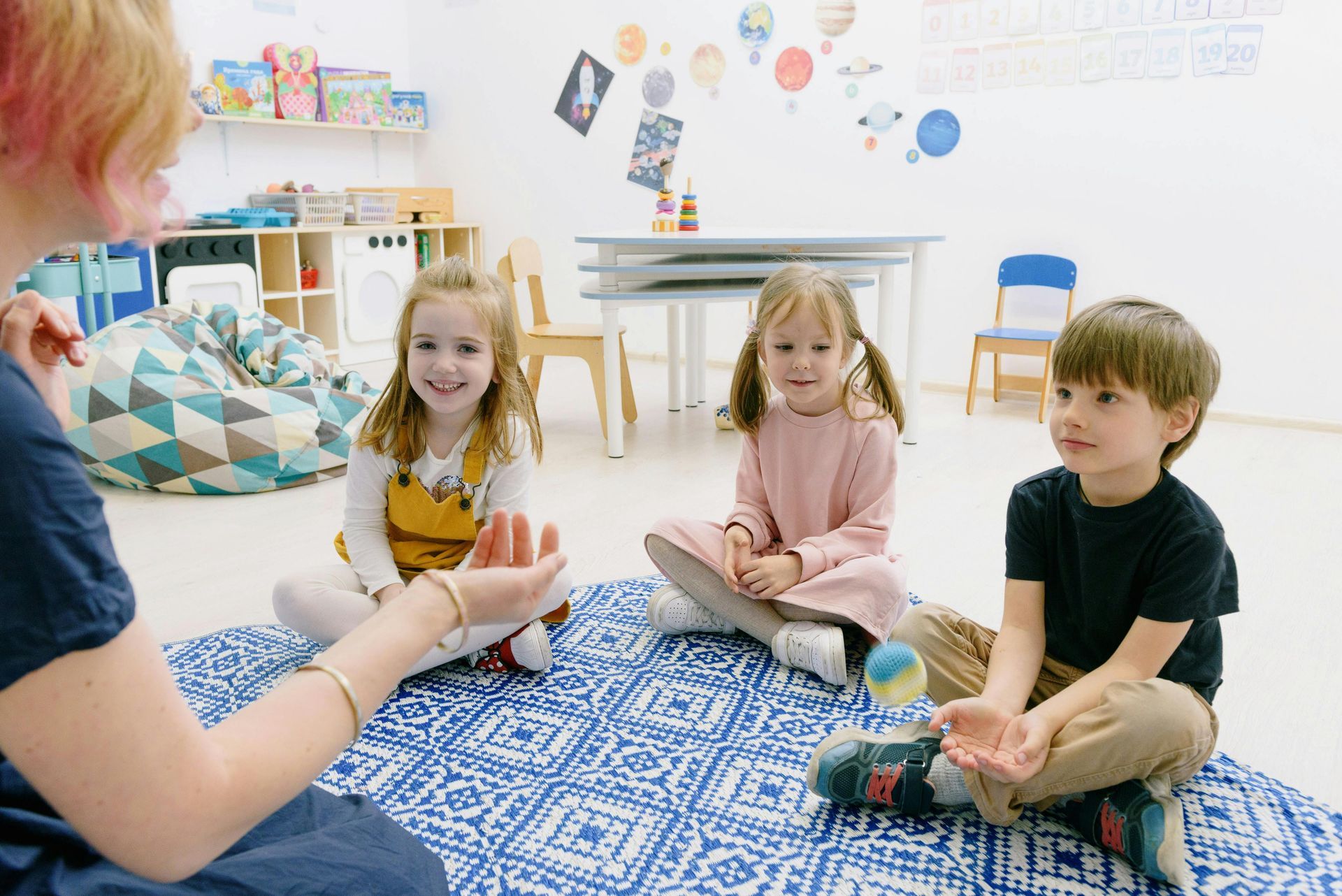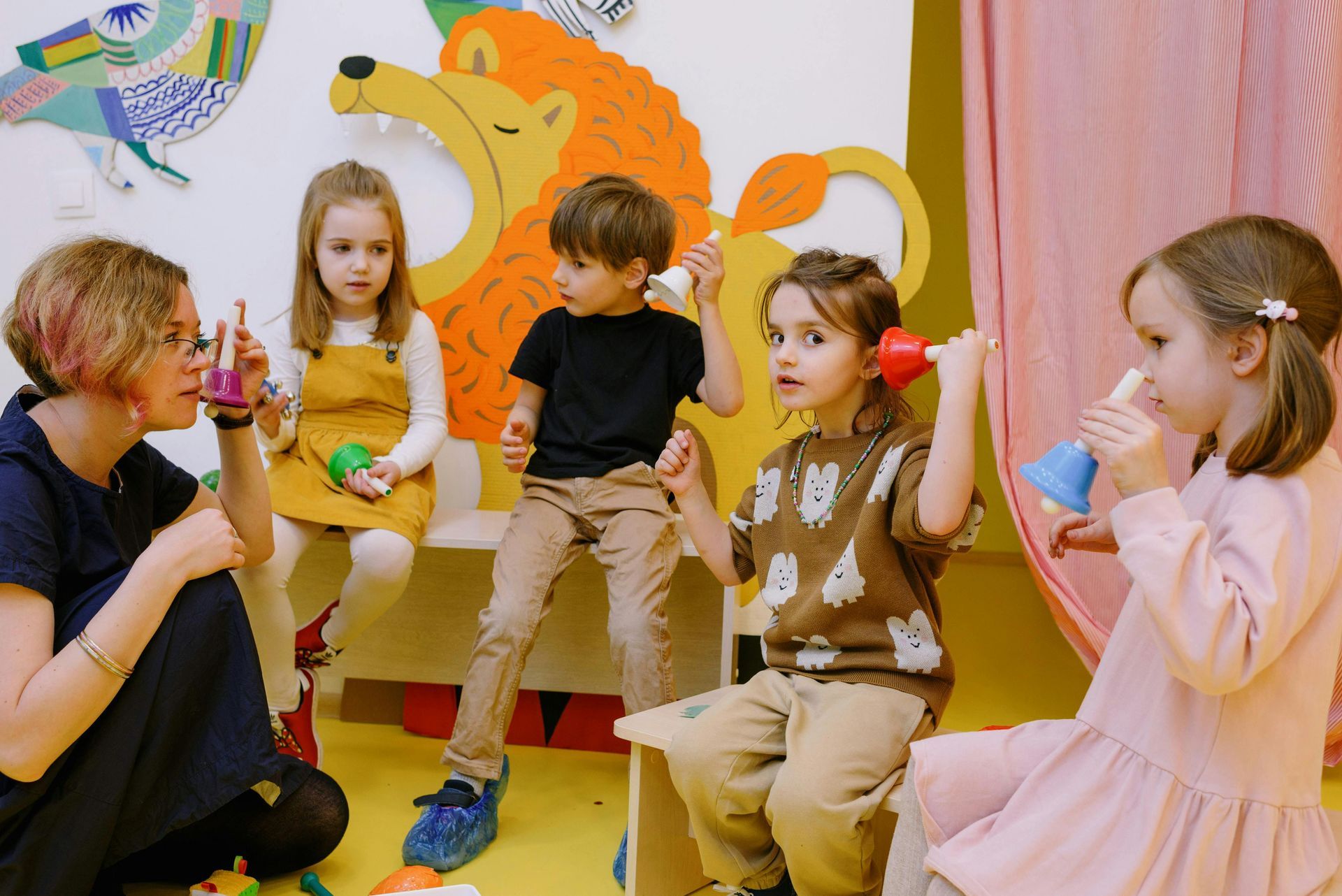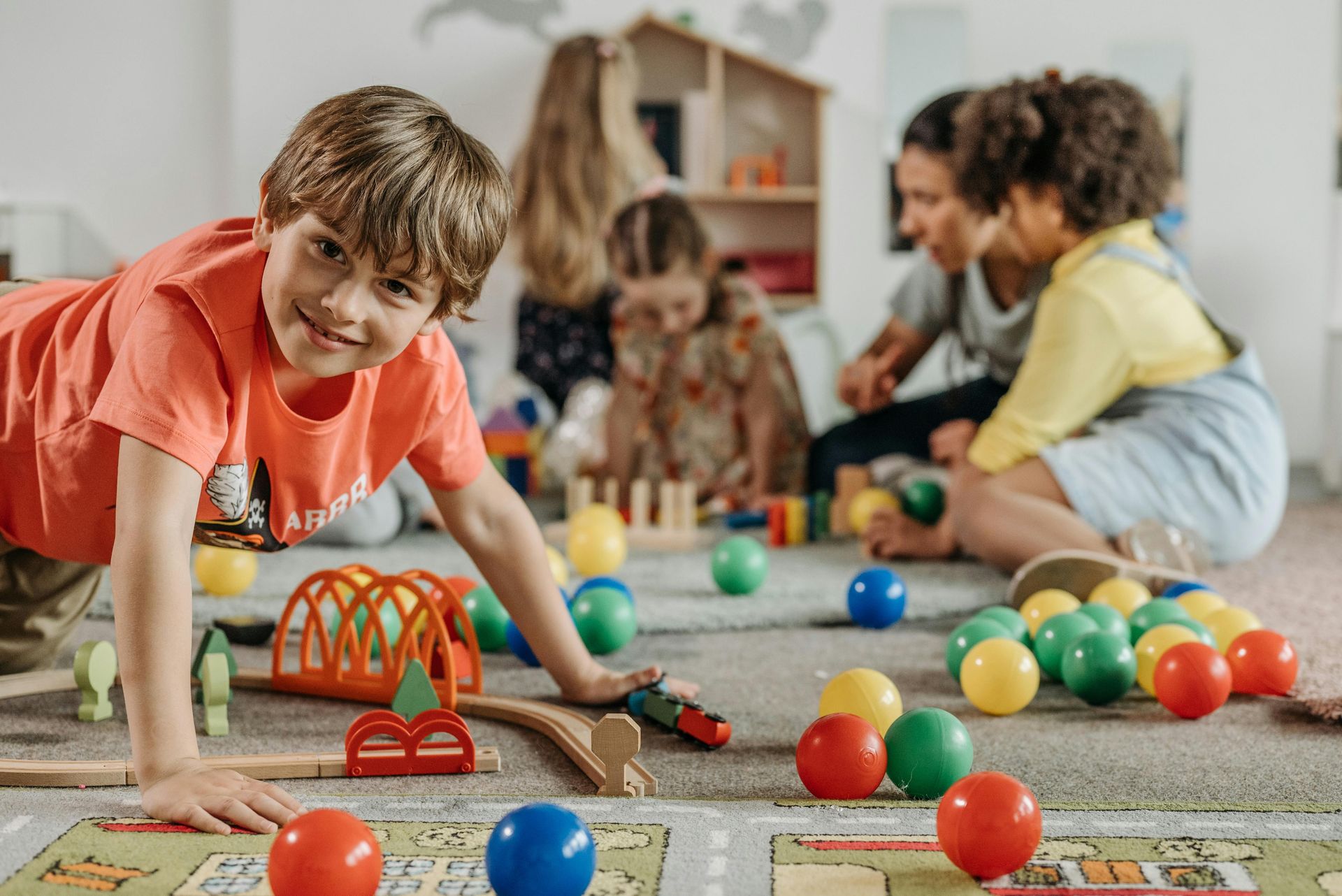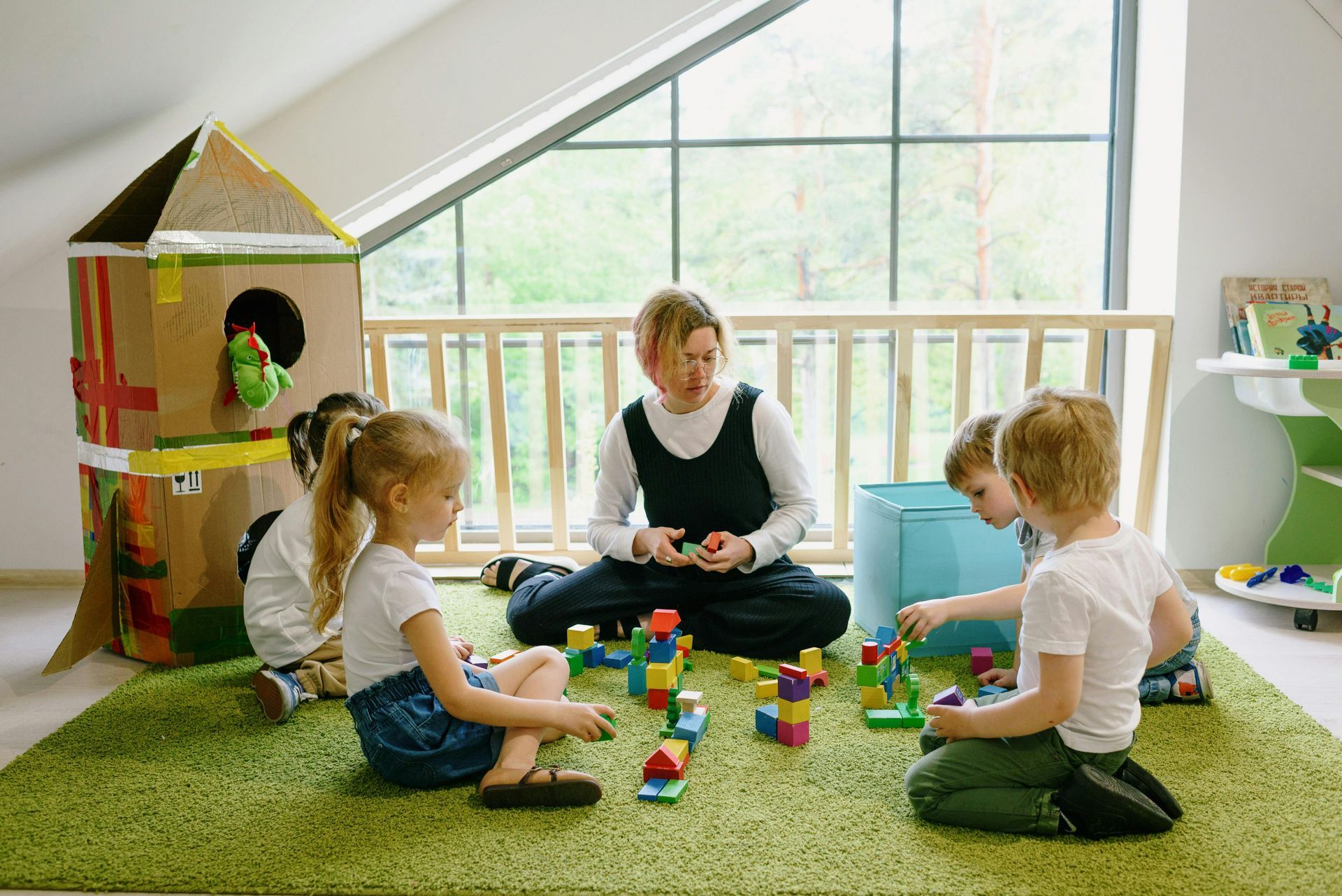Nature’s Classroom: How Outdoor Exploration Sparks Early Learning

In today’s digital world, screen time often takes center stage. But at Playtime Academy, we’ve seen firsthand the transformative power of unplugging and stepping into nature. The outdoors is more than just a place to play—it’s a dynamic, ever-changing classroom that invites children to observe, question, imagine, and grow. In this blog post, we’ll take a closer look at how outdoor exploration nurtures early childhood development in ways indoor environments simply can’t.
Beyond the Playground: Rethinking Outdoor Time
Many early learning programs allocate outdoor time as a "break" from real learning, but we do things differently. At Playtime Academy, nature is woven into the heart of our curriculum. Whether it’s counting bugs, studying clouds, or drawing with sticks in the dirt, every outdoor activity is a chance to engage in meaningful learning.
Why nature matters:
- It’s sensory-rich: The sights, sounds, textures, and smells of nature stimulate brain development and sensory integration.
- It’s unpredictable: Unlike classrooms, the outdoors changes daily—offering endless opportunities for curiosity and discovery.
- It’s inclusive: Nature doesn’t judge. Every child, regardless of ability or background, can explore at their own pace.
What Kids Learn From Dirt, Leaves, and Sky
Outdoor exploration supports all areas of child development. Here's how:
1. STEM Foundations Through Nature
Picking up a leaf and wondering why it’s red? That’s science. Stacking rocks and figuring out how to make them balance? That’s engineering. Measuring the length of a shadow? That’s math. Nature offers real-world problems that spark foundational STEM thinking in young minds.
2. Gross Motor Development
Running through grass, climbing logs, or hopping over puddles strengthens children’s core muscles and coordination. Unlike flat, padded indoor spaces, natural terrain challenges balance and agility, helping children develop physical confidence and spatial awareness.
3. Language and Communication
When children are outdoors, they naturally talk about what they’re experiencing—naming animals, describing textures, or asking questions about weather. These interactions expand vocabulary and enhance descriptive language.
4. Social Development
Nature play tends to be collaborative. Whether building a fort from branches or creating an imaginary jungle, children work together to solve problems and share ideas. These social interactions promote teamwork, negotiation, and empathy.
5. Creative Thinking
Loose parts in nature—like sticks, stones, leaves, and acorns—are the ultimate open-ended materials. They become magic wands, soup ingredients, or tools for building castles. This kind of imaginative play is critical for developing flexible thinking and problem-solving skills.
Our Nature-Rich Approach at Playtime Academy
Here are just a few ways we bring nature into our early learning experience:
- Daily Outdoor Learning Time: Rain or shine, our children spend significant time outside engaging with natural elements.
- Nature Walks: Weekly walks around our neighborhood or local parks allow children to observe seasonal changes, track animal footprints, or collect leaves for sorting and art projects.
- Outdoor Journals: Each child keeps a visual journal to record outdoor discoveries—whether through drawing, stickers, or storytelling. These journals build literacy and observational skills.
- Sensory Gardens: Our small sensory garden lets children explore plants through smell, touch, and taste. They learn how to care for living things and watch life cycles unfold.
- Eco Projects: From recycling drives to planting native flowers for pollinators, we involve children in real-world environmental stewardship that fosters responsibility and pride.
The Long-Term Benefits of Outdoor Learning
Children who spend time in nature consistently show:
- Improved attention spans and reduced hyperactivity
- Stronger immune systems
- More resilient mental health
- Greater appreciation for environmental conservation
- Increased self-regulation and reduced stress
These outcomes extend far beyond preschool, equipping children with life skills they’ll carry into school and beyond.
Tips for Parents: Bringing the Outdoors Home
You don’t need a forest to nurture a love for nature at home. Here’s how you can keep the momentum going:
- Create a “Nature Box”: Collect pinecones, leaves, pebbles, or feathers during walks and explore them at home.
- Build an Observation Station: Place a bird feeder or bug hotel outside your window and encourage your child to track visitors.
- Gardening Together: Even one potted plant is enough to introduce kids to the joy of nurturing something living.
- Read Nature-Inspired Books: Try titles like
“The Curious Garden” or
“Outside In” to reinforce outdoor themes.
- Unstructured Outdoor Play: Leave time for spontaneous outdoor adventures—even just cloud watching or digging in the mud.
Discover how outdoor exploration sparks lifelong curiosity in children and how playtime builds emotional awareness by reading our blog posts on
learning beyond the classroom and
the power of emotional intelligence in early childhood.
Conclusion: Let the World Be Their Teacher
At Playtime Academy, we believe the best learning doesn’t always happen within four walls. When children step into nature, they become scientists, storytellers, artists, and explorers—all in one. The great outdoors offers everything they need to develop holistically, and it reminds us that the most powerful classrooms don’t require desks or screens—just curiosity and fresh air.

